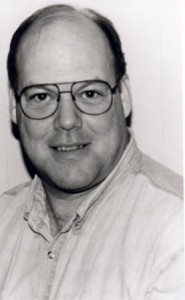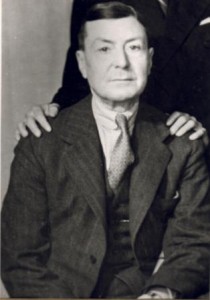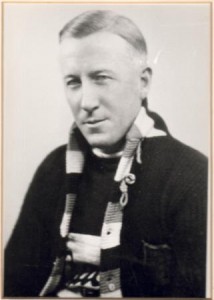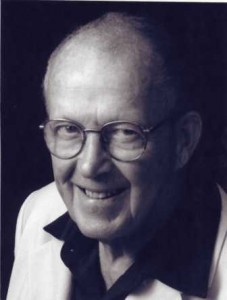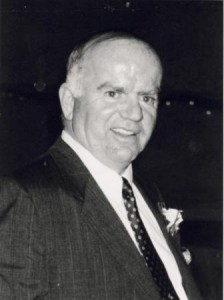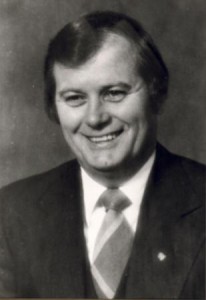 When Ron Ralph moved with his family from Kentucky to take over managership of the Canadian Mist Distillers in Collingwood in 1968, he had two things in mind.
When Ron Ralph moved with his family from Kentucky to take over managership of the Canadian Mist Distillers in Collingwood in 1968, he had two things in mind.
He was going to see that his firm would become a good corporate citizen and that
he, himself, would be an active private citizen in the town of his adoption.
Interested in all phases of sport in his native Kentucky, he continued to dominate the sports scene in the a Collingwood as a competitor and an organizer.
Ron was the driving force behind the organization of the Georgian Bay Slo-Pitch Softball League, now one of the longest and best in Ontario. He served as President of the League in 1973 and 1974 and become the first chairman of the infamous Collingwood Summerfest Slo-Pitch tournament, an annual event which attracted fifty teams from all parts of Ontario, including a couple of clubs from the USA.
Ron played basketball in the Kentucky Little League up through high school. His team later won the junior district title and the regional championship in the senior ranks.
He played baseball for the 504 Paratroop Battalion at Fort Bragg, North Carolina and later played senior baseball in the Kentucky Tri-County League for the Beals Red Sox.
He organized a Babe Ruth League in Owensboro, Kentucky. Ron coached a team, built the playing field, umpired and rustled up the team sponsors. For this project, Ron received the Kentucky Colonel Award. When he moved to Collingwood, Ron played fastball in the Blue Mountain League.
He found that fastball in Collingwood was as good as the US but preferred slo-pitch as it seemed more like baseball strategy and more all-around action.
In the summer of 1970, he was able to get a group of men to play challenge slo-pitch games and the following year organized the first Slo-Pitch Industrial League with the able assistance of John Hill and Tommy Murray. He continued direct involvement in the league until 1978, during which time he built the Canadian Mist team to championship caliber in the newly formed Ontario Slo-Pitch Association.
Along with Frank Smalley, Ron started the Collingwood Minor Baseball League in 1972. He coached several teams in the league for a couple of years before he was elected president of the league in 1974. The league grew by leaps and bounds and Collingwood hosted the All Ontario Bantam tournament in 1975.
A Collingwood team won the provincial title in 1979.

